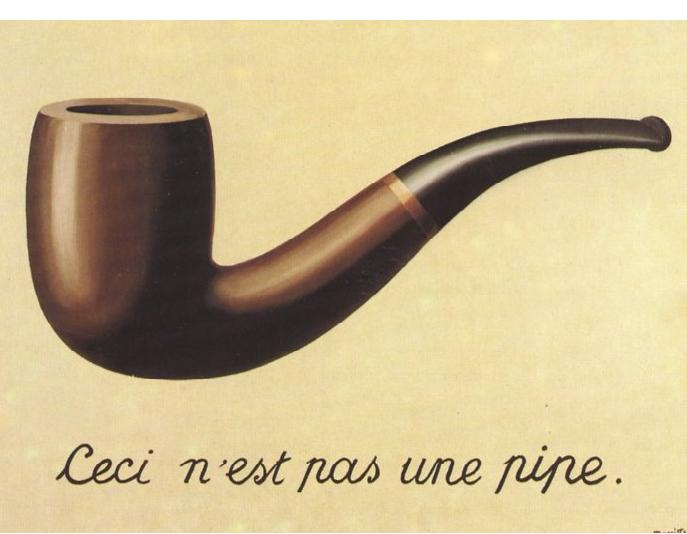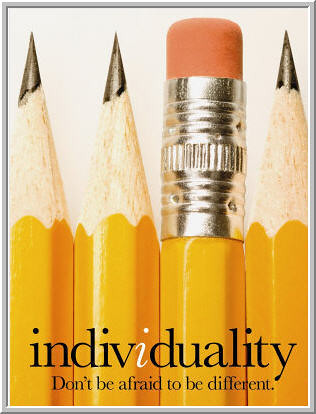Nichole Currier
Robin DeRosa
Critical Theory
8 December 2015
The
Secret Desires of Frankenstein
Mary
Shelley’s Frankenstein is one of the
most well known works of gothic literature. The story revolves around Victor
and his attempts, as well as successes, in creating a living creature. Through
this journey, however, the reader is introduced to many other themes that are
not so apparent on the surface level. One of these themes is that of
homosexuality. Having been published in 1818, Frankenstein was written in a
time when this was still an extremely controversial subject. Today, the idea is
discussed openly. Douglas Sadownick addresses this theory in The Man Who Loved Frankenstein, where he
discusses Frankenstein’s envy of female procreation as well as the close
relationship he develops with Walton. Michael Eberle-Sinatra also explores this
topic in Readings of Homosexuality in
Mary Shelley's Frankenstein and Four Film Adaptations, where he discusses
Victor’s relationship with Elizabeth as well as her constant concern that
Victor’s love resides in another. One can also consider Victor’s extremely
close relationship with Henry throughout the story as a symbol for the
disregarded homosexual feelings Victor possesses. His relationship with male
character differs greatly from those he shares with the female characters
throughout the novel. Victor continuously hides his homosexual feelings from
those around him throughout Frankenstein
by Mary Shelley.
The
first example of Victor inhabiting homosexual desires can be seen in his
process and obsession of creating a living being. “[Many] argued that
Frankenstein was a feminist take on the male envy of female procreation…I was
fascinated by the idea of procreating a "person" of the same sex as
oneself” (Sadownick). By choosing to create a male creature instead of a
female, the reader can see how Victor’s desires lean more towards
homosexuality. Eberle-Sinatra points out how “the language used to describe the
making of the Creature by Victor in the novel suggests masturbation.” Looking
at the language that Victor uses when retelling his creation to Walton, it is
easy to see how his story may have underlying homosexual desires. Victor tells
how he “disturbed, with profane fingers, the tremendous secrets of the human
frame. In a solitary chamber…I kept my workshop of filthy creation” (Shelley
58). Not only is Victor attempting to take on the role of female procreation,
he finds an erotic joy from it as well. “These masturbatory elements also
suggest homosexual fantasies” (Eberle-Sinatra). Victor shows more interest and
excitement in his creation than he does with any other subject in the book,
including that of his love, Elizabeth.
Having
met her at a very young age and developing an immediate attachment, it was
decided early on that Elizabeth would eventually become Victor’s wife. However,
as the two grow older Victor avoids his promise of marrying Elizabeth and
instead goes off to complete his studies and experiments with his creature.
Eberle-Sinatra points out how “the novel's Victor is obsessed with the
Creature, who repeatedly makes his pulse beat faster and his brow sweat,” a
reaction that Victor never has towards Elizabeth. Even after leaving his
creation, Victor is constantly remembering “the nervous fever with which [he]
had been seized just at the time that [he] dated [his] creation” (Shelley 76).
Yet Victor hardly pays any mind to Elizabeth, who is constantly sending him
letters and reaching out to him. Victor’s father notices his distance,
confronting Victor about it on page 133 where he states “I confess, my son,
that I have always looked forward to your marriage with our dear Elizabeth…but
so blind is the experience of man…you may have met with another whom you may
love.” Victor’s father makes no comment on whether the other he loves is male
or female, leaving the passage open to reader interpretation. Even when Victor
responds, “My dear father, re-assure yourself. I love my cousin tenderly and
sincerely. I never saw any woman who excited, as Elizabeth does, my warmest
admiration and affection” (Shelley 133), he is specific in saying that he has
never seen another woman who he
adores. Victor does not, nor could he in this time period, address the
possibility that another man has stolen his love from Elizabeth. “The possibility
that Victor might have met another man clearly does not occur to his father,
and to a certain extent neither does this possibility occur to Victor himself,
though he is certainly much more excited physically by the thought of the
Creature and its physical presence than he is by Elizabeth” (Eberle-Sinatra).
However, the creature is not the only male character that seems to cause
excitement in Victor.
After
his creature escapes, Victor sets out to capture the beast and finds himself in
the presence of Walton. Almost immediately, Walton is blatantly taken with
Victor, writing to his sister how “my affection for my guest increases every
day. He excites at once my admiration and my pity to an astonishing agree”
(Shelley 37). Victor even goes so far as to return these feelings when Walton
says “I spoke of my desire of finding a friend—of my thirst for a more intimate
sympathy with a fellow mind could boast of little happiness, who did not enjoy
this blessing” (Shelley 38). Victor replies with “I agree with you…we are
unfashioned creatures, but half made up, if one wiser, better, dearer that
ourselves—such a friend ought to be—do not lend his aid to perfectionate our
weak and faulty natures,” and continues on to say “I once had a friend, the
most noble of human creatures, and am entitled, therefore, to judge respecting
friendship” (Shelley 38). In this section, Victor not only returns Walton’s
affectionate feelings, but goes on to speak of Henry and the feelings he once
had for this friend.
There are many instances
throughout Victor’s story where he speaks highly of Henry, in a way that can
easily be seen as affection and admiration. Henry also cared for Victor, taking
time out of his studies after Victor’s incident with the creature to nurse his
friend back to health. Victor admits to himself upon seeing Henry after that
dreadful night that “nothing could equal my delight on seeing Clerval” (Shelley
62). The presence of his friend immediately calms Victor, even after the
horrors he just witnessed over his creation. However, this love can most
plainly be seen after Henry’s death. Even before telling the story to Walton,
Victor shares how “little did I then expect the calamity that was in a few
moments to overwhelm me…I must pause here; for it requires all my fortitude to
recall the memory of the frightful events which I am about to relate” (Shelley
151). Victor goes on to tell how he was taken into custody for the suspected
murder of his friend. It was not until Victor entered the room where the body
of Henry lay, though, that he realized who had been killed. Victor’s reaction
to seeing the lifeless body of Henry is one that shows how deeply he cared for
his friend. “I gasped for breath; and, throwing myself on the body, I
exclaimed, ‘Have my murderous machinations deprived you also, my dearest Henry,
of life? Two I have already destroyed; other victims await their destiny: but
you, Clerval, my friend, my benefactor—” (Shelley 153). Victor cuts himself off
at this point in his rant, falling into a convulsion of uncontrollable sobs
over the loss of his friend. This leaves the reader to wonder what Victor would
have continued to say about his deceased friend, had he the strength to do so.
It can easily be assumed that Victor would have gone on to call his beloved Henry
“my love.”
Throughout
Mary Shelley’s Frankenstein, the
reader follows Victor as he creates a living being. More importantly, though,
the reader has a chance to see as Victor sees and feel as Victor feels about
the events happening around him. After analyzing his thoughts of these tragic
months, it can be seen that Victor had many feelings that were not brought to
the surface through his story. From the homosexual reasons behind creating a
male monster to his indirect rejection of Elizabeth to the strong bond he
created with both Walton and Henry, it is clear that Victor’s relationships
with males differed greatly for that with females. Victor continuously hid his
homosexual feelings from those around him throughout the book Frankenstein by Mary Shelley.
Works
Cited
Shelley, Mary Wollstonecraft, and Johanna M. Smith. Frankenstein:
Complete, Authoritative Text with Biographical, Historical, and Cultural
Contexts, Critical History, and Essays from Contemporary Critical Perspectives.
Boston: Bedford/St. Martin's, 2000. Print.
Eberle-Sinatra, Michael. "Readings of Homosexuality in Mary
Shelley's Frankenstein and Four Film
Adaptations." Gothic Studies 7.2
(2005): 187-202. Web.
Sadownick, Douglas. "The Man Who Loved Frankenstein." (n.d.):
n. pag. Web.











